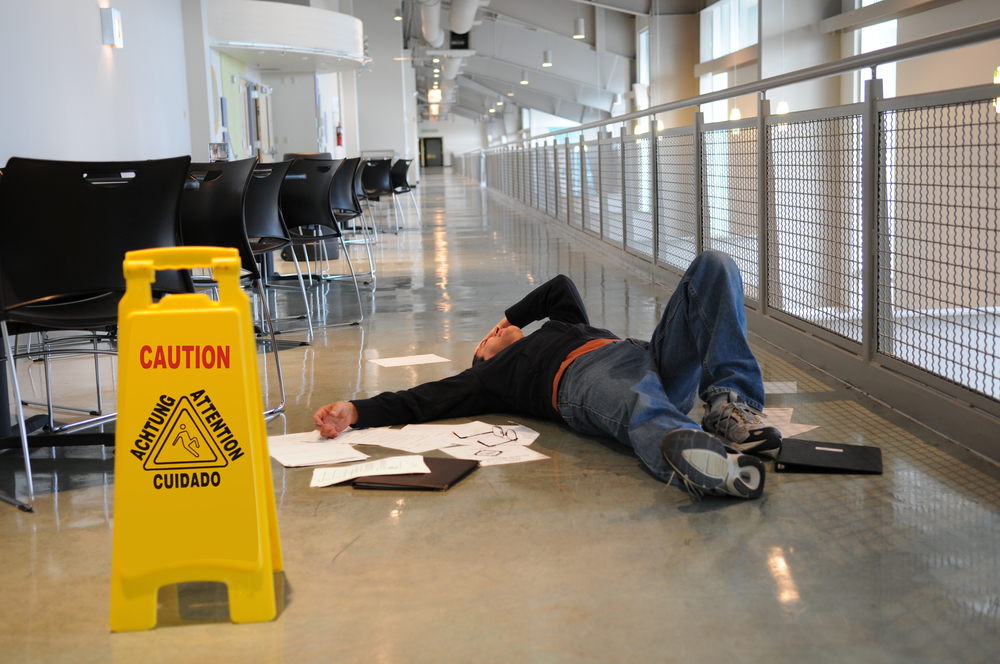The Plaintiff was in a nursing home for rehabilitation after breaking her hip. Her records indicated that she had a sacral pressure sore that healed. However, the prior pressure sore put her at high risk of another breakdown of the skin in that area. The fatal pressure sore was first noted when the size of a pinpoint. Two weeks later, the wound had become a Stage III bedsore. A wound care specialist debrided the wound.
The plaintiff’s physician ordered the staff of the nursing home to apply Dakin’s moist gauze to the wound. The nursing home staff never carried out this order. Two weeks later, the wound had become a Stage 4 bedsore. It was also infected. The plaintiff died shortly thereafter.
Records and other evidence demonstrated that there had been no turning and repositioning the plaintiff in her bed during the first two weeks after the discovery of the pinpoint bedsore. In addition, there was no evidence of any intervention by the nursing home staff. This failure to treat the bedsore cause the rapid deterioration of the wound and was the basis of the wrongful death lawsuit. The case was settled out of court with $375,000 financial compensation to the plaintiff’s estate.
Bedsores are common in nursing home settings. In most cases, they receive treatment and heal fully. Often, the wounds occur on people whose movement and ability to reposition themselves in bed or in a chair is limited. If you or a loved one is admitted to a nursing home or rehabilitation center, the following basic facts about bedsores (pressure wounds) may be helpful in preventing or quickly treating them.
Primary symptoms: changes in skin color, pus-like drainage, swelling, tenderness, or skin that feels either warmer or cooler than the surrounding skin.
Most common bedsore locations:
- For someone in a wheelchair: buttocks and tailbone, shoulder blades and spine, back of arms and/or legs.
- For someone in bed: shoulder blades, hip, lower back, tailbone, back and sides of the head, heels, ankles, and skin behind the knees.
Typical causes: constant pressure the skin that reduces blood flow; friction created when the skin rubs repeatedly against clothing or bedding; shear (when two surfaces move against each other in opposite directions).
Bedsore stages are determined by the depth of the wound.
- Level 1 is restricted to the epidermis (the top layers of skin).
- Level 2 extends into the dermis.
- Level 3 deepens into the subcutaneous fat below the dermis.
- Level 4 reaches the soft tissue immediately outside the bone or extends into the bone.
Complications of untreated bedsores can be life-threatening.
- This is an infection of the skin and the connected soft tissues. People with nerve damage may not feel pain in the area of the cellulitis.
- Bone and joint infection. Infection related to bedsores can deepen into joints and bones. This can damage surrounding tissues and reduce the movement of joints and limbs.
- Although uncommon, a pressure wound can cause sepsis.
- Wounds that do not heal for a long time (Marjolin’s ulcers) can develop into a variety of squamous cell carcinoma.
If you have a loved one who may be susceptible to bed sores, take the following steps to prevent and treat bedsores.
- Keep the skin clean and dry.
- Protect the skin at points where friction or pressure may occur.
- Inspect the skin every day.
- Reposition a patient frequently by shifting their weight, help them lift themselves, use cushions or mattresses that relieve pressure, choose a wheelchair that tilts to shift body weight, and change the elevation of the bed regularly.
Bedsores are both preventable and treatable. You may need to accept the responsibility of checking on your loved one to ensure nothing is being overlooked. If you are caring for a loved one at home, keep the skin clean, dry and protected. Prevent things like wrinkles in sheets and cushion covers or zippers and buttons from rubbing on their skin.
If you or a loved one has been harmed or has died due to the failure of medical staff to treat a bedsore appropriately, you may have the basis of a lawsuit against the facility or the staff. If you or your loved one has sustained progressing bedsores or other symptoms of neglect or abuse, call Altizer Law, P.C. Bettina Altizer and her team will help you evaluate the hurts and harms suffered by the patient and evaluate the justification for a lawsuit. If you decide to file a lawsuit, and you hire us, we will fight with aggressiveness and tenacity to obtain for you the largest possible financial settlement under Virginia law.












